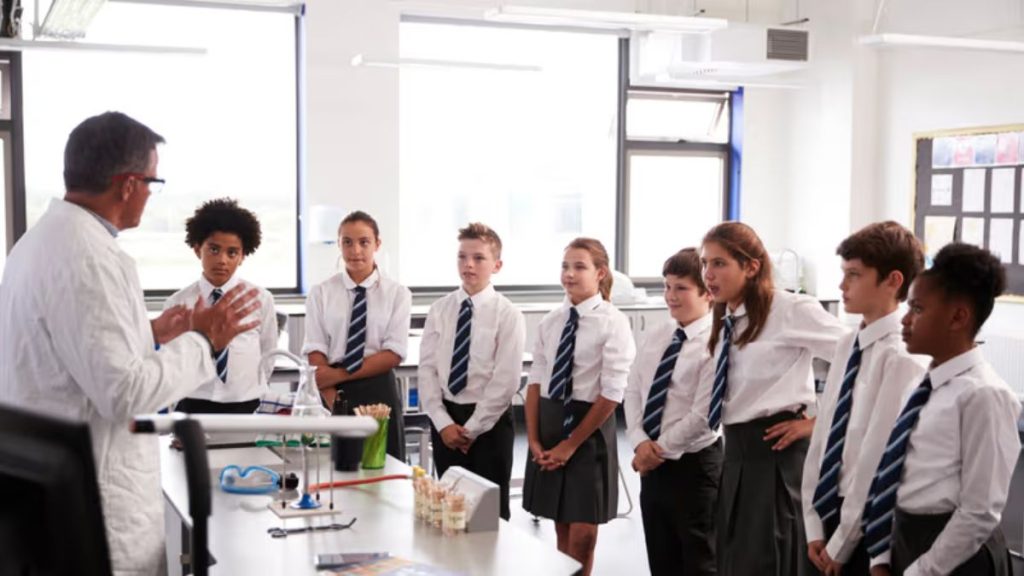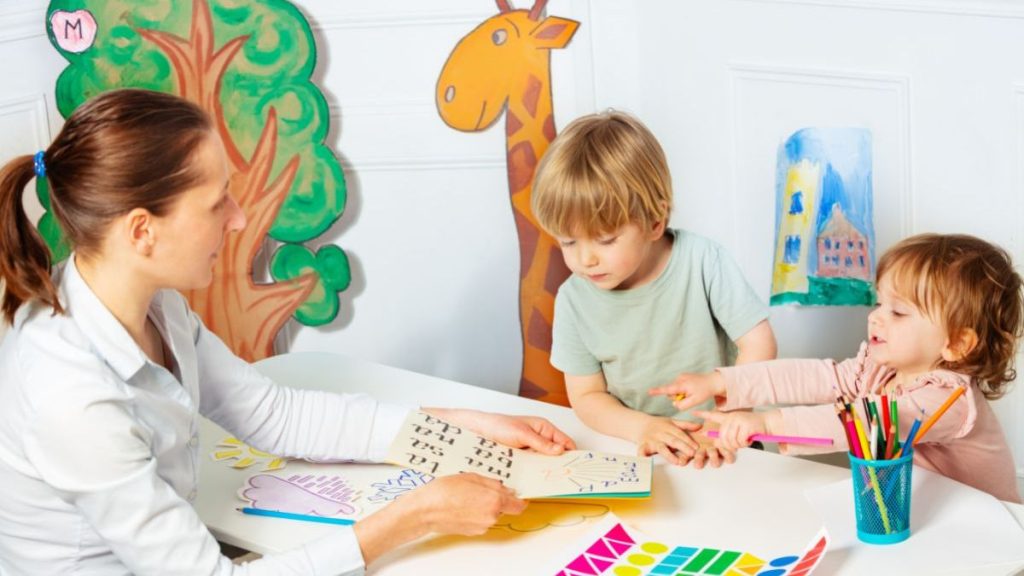In modern classrooms, children often spend long hours seated — from early morning lessons to late-night revision. But emerging research suggests that this traditional model of education may be working against students’ brains rather than for them.
According to new scientific findings, prolonged sitting and low physical activity during school hours directly impair attention, memory, processing speed, and academic performance.
The Hidden Consequences of Prolonged Sitting in Schools

Extended sitting has long been associated with physical health risks like obesity and poor posture, but scientists are now uncovering deeper cognitive consequences.
Studies indicate that when students remain sedentary for too long, their blood flow, alertness, and neurotransmitter balance decrease — all of which are vital for learning.
This means that even the brightest students may struggle to stay focused or retain information simply because their brains aren’t being fueled by movement.
“The brain is embodied,” researchers explain. “Blood flow, arousal, and attention all respond to movement. When these are disrupted, learning suffers.”
Movement as a Catalyst for Better Learning
The solution, experts argue, is surprisingly simple: get students moving.
Even short, structured movement breaks or active learning sessions can dramatically improve children’s on-task behavior, memory retention, and comprehension.
Research has shown that just a few minutes of purposeful activity—such as stretching, standing discussions, or classroom games—can re-energize the brain, increase focus, and boost problem-solving skills.
Evidence from Global Studies
A 2016 systematic review published in Medicine & Science in Sports & Exercise offered strong evidence that physical fitness and single bouts of physical activity significantly benefit children’s cognitive performance.
The findings were clear:
- Regular exercise improves attention and executive functions.
- Short bursts of activity enhance working memory and processing speed.
- Active lessons improve on-task classroom behavior.
Although test scores may not always show immediate gains, these cognitive benefits translate to better learning outcomes over time.
The Science Behind Movement and the Brain
When children move, their heart rate increases, leading to better oxygen and glucose delivery to the brain. This fuels the prefrontal cortex — the area responsible for attention, decision-making, and problem-solving.
Movement also increases the release of neurotransmitters like dopamine and norepinephrine, which improve alertness and motivation.
This physiological response helps students sustain focus, absorb new information more efficiently, and perform better academically.
In contrast, sitting still for long periods slows blood flow and reduces brain stimulation, leading to fatigue, distraction, and mental fog.
How Modern Schooling Contributes to the Problem
In today’s exam-driven education systems, the pressure to achieve often translates into longer study sessions and fewer breaks.
Students are expected to sit through hours of lectures, complete homework in the same posture, and revise late into the night.
This approach, however, conflicts with how the brain naturally learns. Learning isn’t passive — it thrives on interaction, movement, and variation.
Without those, even extended hours of study can yield diminishing returns.
Active Learning: A Smarter Way Forward
“Active learning” — a teaching method that blends movement with academic content — is gaining popularity among educators.
This approach includes:
- Standing lessons or walking discussions.
- Physical demonstrations of abstract concepts (like acting out historical events or simulating scientific phenomena).
- Short “brain breaks” during lessons.
Schools that incorporate movement-based learning report higher engagement, improved classroom behavior, and better memory recall among students
The Role of Sleep and Screen Time
Physical activity isn’t the only factor affecting academic performance.
Experts emphasize the three pillars of cognitive health for children:
- Regular physical movement.
- Limited screen exposure, especially before bedtime.
- Sufficient, high-quality sleep.
Together, these factors strengthen executive functions — the brain’s control center responsible for planning, attention, and self-regulation
Why Movement Matters for All Ages
The benefits of movement aren’t limited to young children.
Even teenagers and university students show measurable improvements in focus and emotional well-being when they break up long study sessions with movement.
Regular physical activity supports mental resilience, reduces stress hormones, and enhances mood stability — all of which create a better learning environment.
Reimagining the Classroom of the Future
Experts argue that schools should move away from the “sit still and study” model and embrace a more dynamic, movement-friendly learning environment.
Simple strategies include:
- Encouraging teachers to integrate short active breaks between lessons.
- Replacing some traditional desks with standing or flexible workstations.
- Using outdoor spaces for lessons and group projects.
Such changes require little financial investment but can have profound effects on student engagement and long-term academic success.
Challenges in Implementation
While the benefits are clear, integrating physical activity into daily schooling faces practical challenges:
- Time constraints due to tight academic schedules.
- Limited classroom space in crowded schools.
- Resistance from traditional education systems focused on standardized testing.
However, successful pilot programs in several countries show that movement-based education can fit seamlessly into existing curricula without compromising academic content.
The Global Implications
With global studies linking sedentary lifestyles to declining physical and mental health, the issue extends beyond schools.
The World Health Organization (WHO) reports that over 80% of children worldwide do not meet the recommended levels of daily physical activity.
As digital devices and virtual learning become more dominant, promoting movement literacy — teaching kids the value of being active — is more crucial than ever.
Frequently Asked Questions (FAQs)
Q1: How does sitting for long periods affect students’ learning?
Prolonged sitting reduces blood flow and neurotransmitter activity, leading to lower focus, slower processing, and weaker memory retention.
Q2: How much movement should students get during the school day?
Experts recommend short, structured movement breaks every 30–45 minutes, along with daily physical activity of at least one hour.
Q3: Can movement really improve academic performance?
Yes. Studies show that even short bursts of physical activity enhance attention, working memory, and executive function, leading to better classroom performance.
Q4: What kinds of activities help improve concentration in class?
Simple activities like stretching, standing group discussions, or brief outdoor walks can refresh the brain and restore focus.
Q5: How can parents support better learning at home?
Parents can limit screen time, encourage outdoor play, establish bedtime routines, and create short breaks during homework sessions to boost mental alertness
















